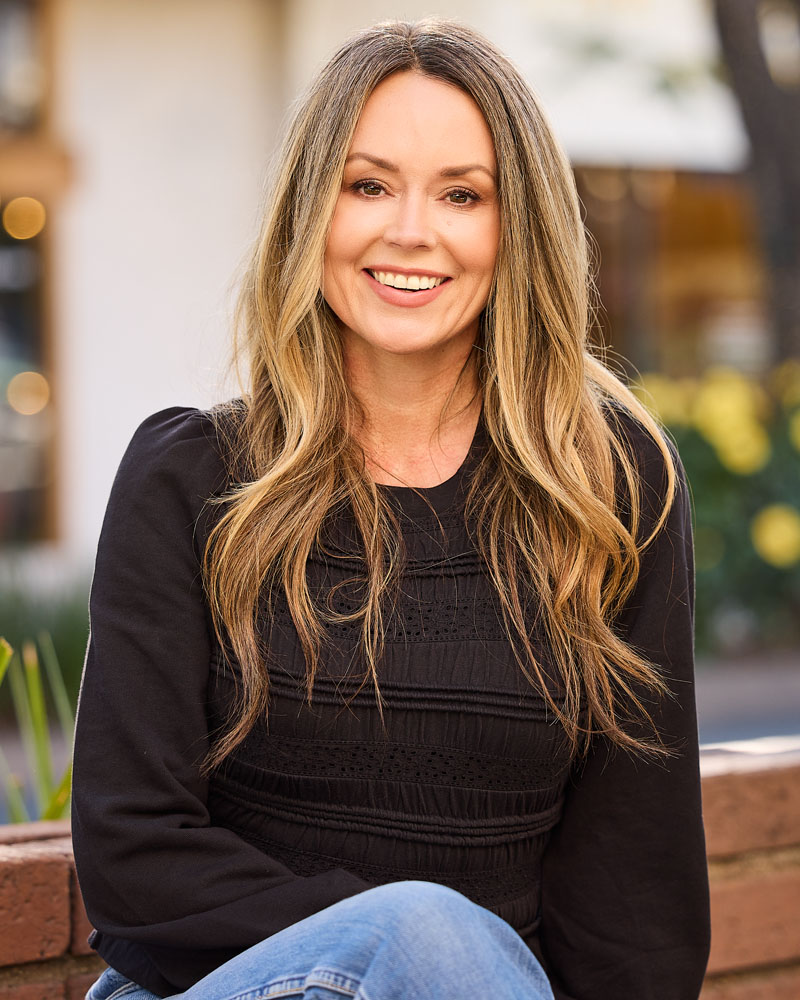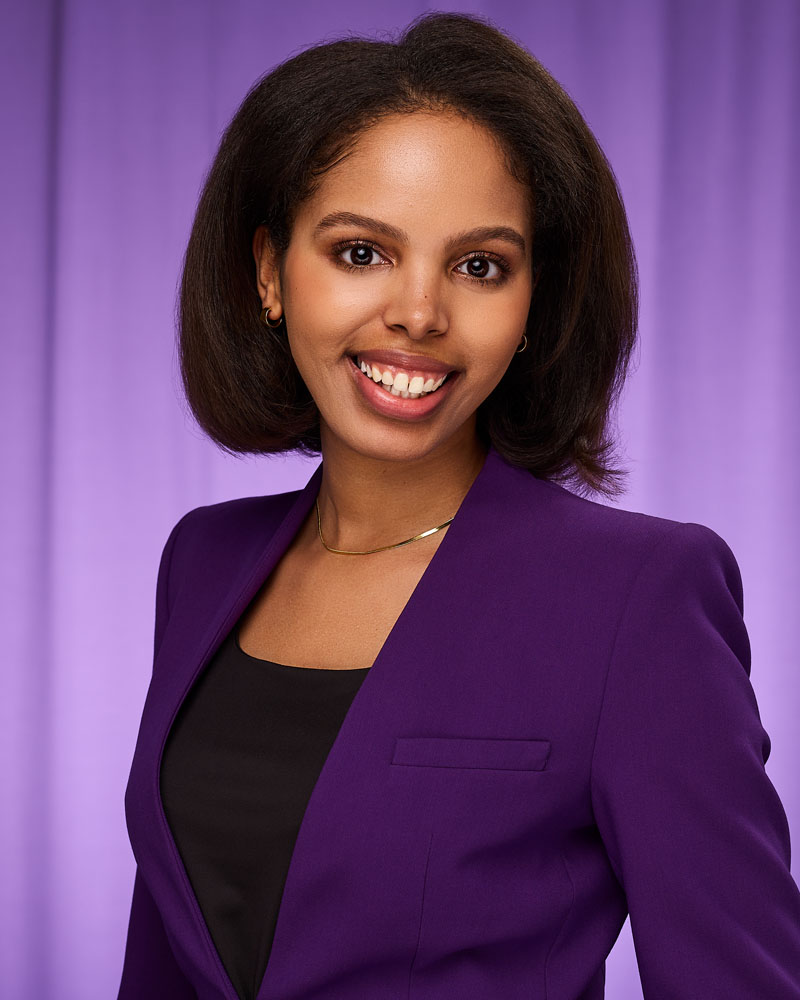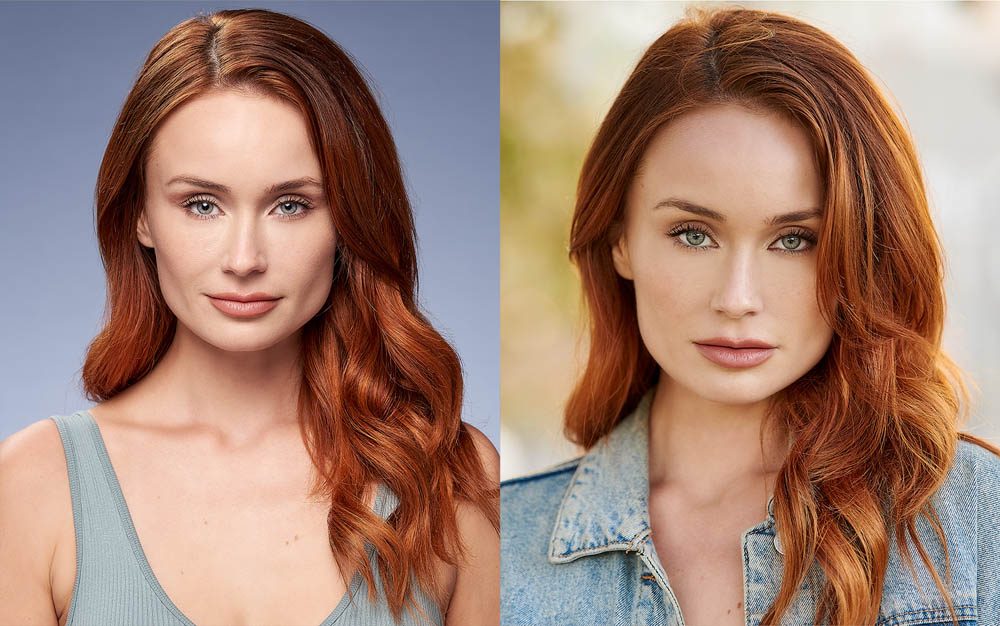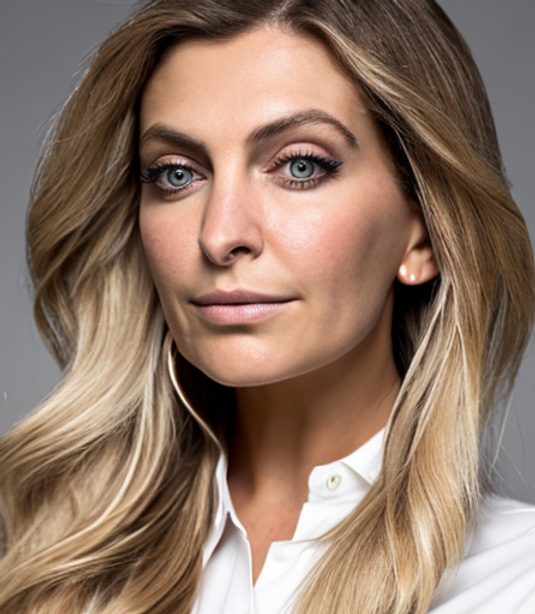The Importance of a Good Photographer for Headshots
Obviously, if you have a photographer with limited skills, you’ll have limited results. Study the photographer you are considering. How can you study them? Check out their work. They should have a website with plenty of examples. Do they demonstrate a knack for studio lighting and natural light? Are their photos sharp, colorful, vibrant, and pleasing to your eye?
Do they have breadth of skill, meaning can they pretty much only do one genre? If a photographer can demonstrate quality across many genres, they are likely better problem solvers, and most photographers will tell you problem solving is a necessary skill in photography.
For example, can they do headshots for acting just as good as they can do professional headshots for corporate use? What about other photo shoots, like portraits or lifestyle shoots? The more skill they demonstrate, the more they can bring to the table for the type of shoot you need.
So, a bad photographer can limit the results you want. Do not just settle for a headshots photographer near me in search results when you are not fully happy with how their work appears to you. Be prepared to go farther. Remember, the importance of a headshot is much more than people think.
How Does Lighting Contribute to a Good Headshot?
Bad lighting will make for a bad headshot. So, make sure you work with a photographer that can use studio lighting, natural lighting, or a combination of both. You might also want to decide what type of lighting you prefer. Much of this depends on your goal and how you might want to use your headshot.
For example, a psychologist may want to appear warm and inviting for their Psychology Today profile. So, they might opt for a shoot in a Los Angeles park with lots of greenery. An actor wanting to be cast for dramatic roles might opt for studio lighting where a photographer can make things appear more cinematic.
But it’s not just about the theme of lighting, it is also about the style of lighting. A photographer must know how and when to use soft versus hard light and how to create it and shape it for a desired effect.
Furthermore, there is the quality of lighting. Using poor quality studio lighting can make shots being created appear inconsistent in colors or brightness. Some might appear a bit more red at one moment and then a bit more green the next moment. With natural light, what it is bouncing off and around can impact what color is being cast on a person, which can be good or bad.
Thus, work with a photographer that is competent with studio lighting, natural light, a mix of both, and color theories.





